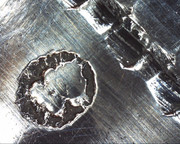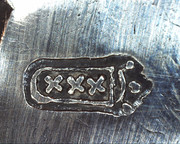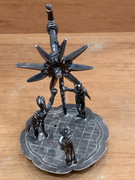Hi welcome to the forum.
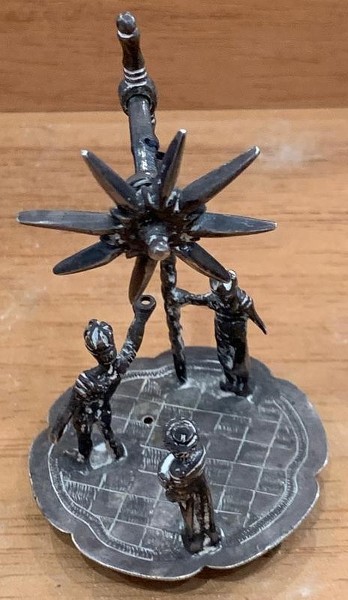
Your miniature is looking good
The miniature Epiphany; during the Middle Ages, the Feast of the Epiphany was celebrated on 6 January to commemorate the Bible story of the Magi, or wise men, who having followed a guiding star, at last found the newborn Christ Child in a stable in Bethlehem. epiphany was a popular festival for children well into the eighteenth century, mainly because of the traditional of star singing"'. Children carrying a star-shaped lantern on a pole would go from door to door, singing in return for sweets or money. That is the scene portrayed in this miniature.
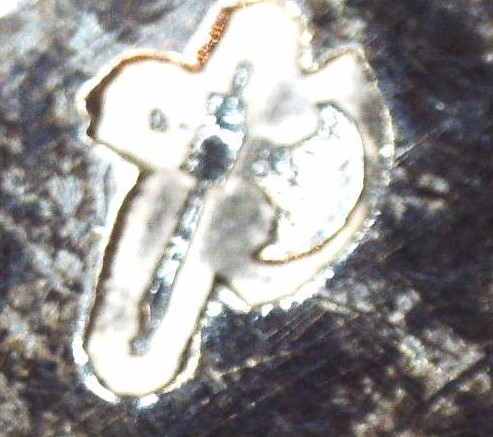
The axe (hatchet) duty mark for old silver objects of national origin returned to the trade, mark used 1853-1927
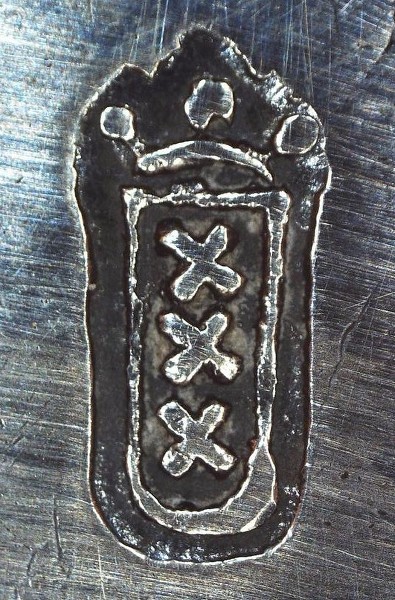
Amsterdam town mark used 1717-1733
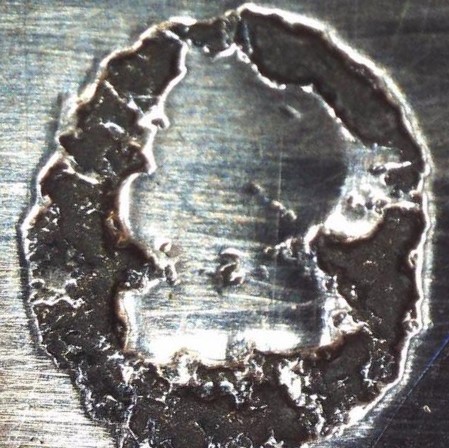
The maker's mark appears to be a bust/head, unidentified for Amsterdam circa 1725, toymaker.
Peter.
Source: Tall and small antique Dutch silver miniatures A.Aardewerk Antiquair juwelier

